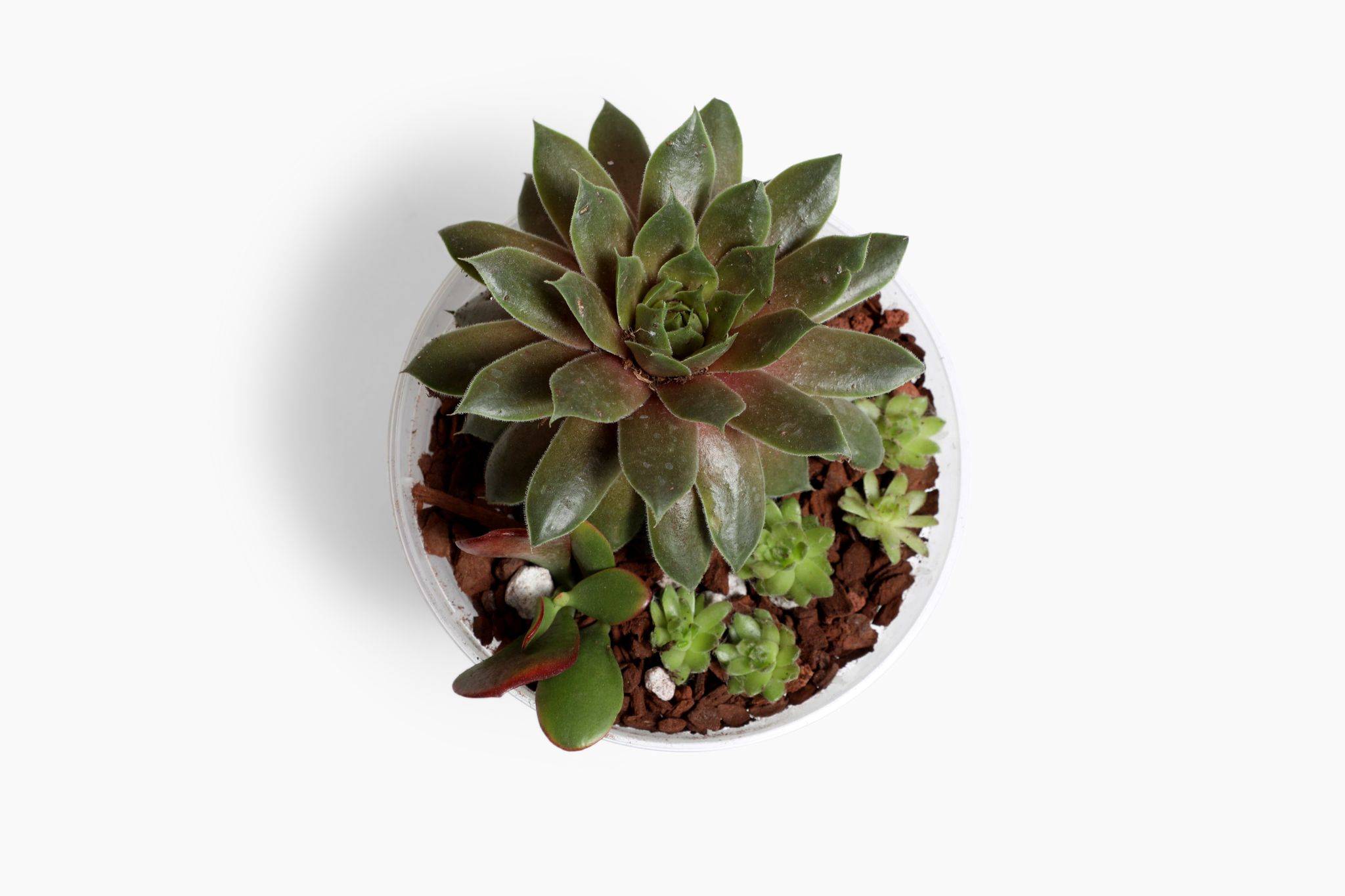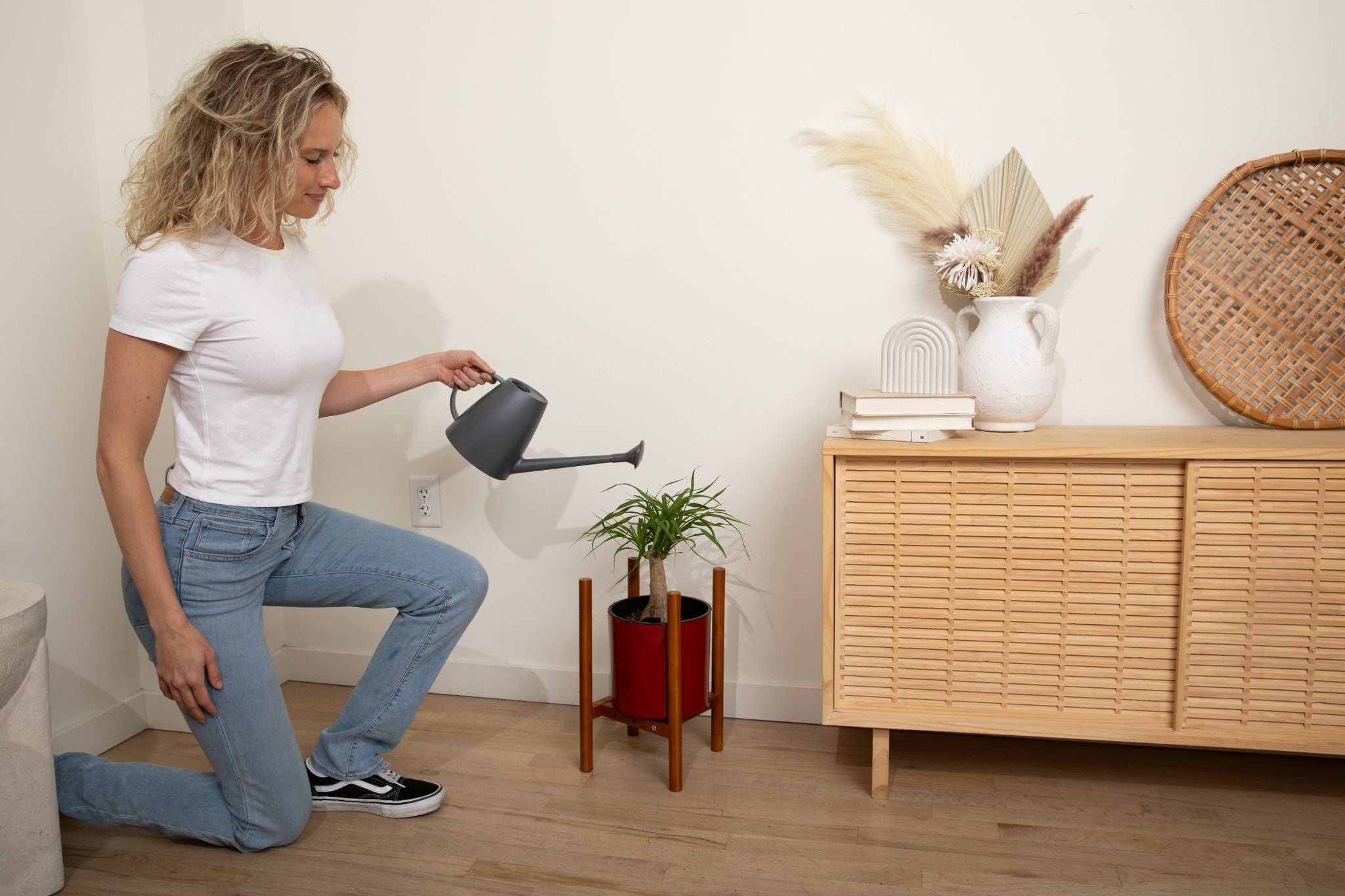How to Repot Your Agave: 6 Simple Tips

Agave in Succulent mix
Agave plants (Agave spp.) are incredible succulents known for their dramatic leaves that come in a variety of species, but like with other plants, need succulent care. While Agaves thrive on neglect, they still require a healthy environment to thrive with well-draining soil and lots of sunlight.
What are Agave Plants?
As part of the Asparagaceae family, they are found across North, Central, and South America. They can stay teeny tiny under 1 foot or grow into enormous specimens over 10 feet in height and width. Agave plants are known for their unique, triangular-shaped leaves with spiny tips. Their flowers come in green, white, and yellow colors.
Agave plant leaves and flower stems are toxic to humans and pets, so be aware when handling them. But with some preparation, many parts of the plant are used for medicine, textile fibers, food, and beverages. Their roots, sap, and juice are key for medicinal purposes with their anti-inflammatory and antimicrobial purposes. However, there’s a reason Agave sap was used to poison arrows back in the day!
Agave Repotting Tips
As part of the Asparagaceae family, they are found across North, Central, and South America. They can stay teeny tiny under 1 foot or grow into enormous specimens over 10 feet in height and width. Agave plants are known for their unique, triangular-shaped leaves with spiny tips. Their flowers come in green, white, and yellow colors.
Agave plant leaves and flower stems are toxic to humans and pets, so be aware when handling them. But with some preparation, many parts of the plant are used for medicine, textile fibers, food, and beverages. Their roots, sap, and juice are key for medicinal purposes with their anti-inflammatory and antimicrobial purposes. However, there’s a reason Agave sap was used to poison arrows back in the day!
1. Choose A Special Potting Mix
Agave thrive in succulent potting mix that will create a healthy soil environment for them, whether they are mature plants or starting out in life. Whether you go with an all purpose mix, or one designed specifically for Agave, just ensure that it has proper drainage. They will thank you for it! Once the Agave is mature and stays in the same pot, be sure to refresh the potting mix every year or so.
2. Use a Planter that Drains Well
Agaves should be repotted in a pot that drains well. Whether you choose a beautiful ceramic pot or a lightweight plastic pot is up to you. Ceramic succulent pots are great because they will allow excess moisture to evaporate through their walls. Plastic succulent pots have the advantage of maximum drainage, as well as increased light uptake due to their transparency. Succulent pots will often be shallow because Agaves have a short root system. You can choose your pot in different styles based on the shape and size of the Agave.
3. Feed Your Agave
After Agaves are repotted, they will need some added juice to help them adjust to their new environment. Add some FEED ME! liquid fertilizer 1-2 times per month, mixing with ½ teaspoon per gallon of water. Also, if your tap or rainwater is low in alkalinity, consider using a fertilizer that can counteract it with specially-added micronutrients and macronutrients. Your Agave plant will thrive in its new home and have the nutrients needed to grow and flower.
4. Watering After Repotting
Agave plants are very drought tolerant, so they only need watering very sparingly. After repotting, Agave will need watering every 4-5 days for the first month. After then, you water once a week and then once every other week, or when the soil is completely dry. During the summer, Agave may need watering once a week and during the winter only once a month, depending on the climate.
5. Repot Every Few Years
Agaves do grow and mature over time, so they will need to be repotted every so often. Ideally, you should repot the Agave in the spring or summer in fresh mix. Make sure to buy a bigger pot and specially-designed Agave repotting mix to create a nurturing environment for the best succulent care.
6. General Agave Health And Succulent Care
Your Agave may need additional TLC after being repotted, such as washing its leaves or adding cinnamon powder to eliminate pests. Be on the lookout for any pests, such as the agave snout weevil, or any bacterial or fungal issues, so as you repot the Agave you can remove the harm. Drooping leaves are a sign that the Agave is suffering with a pest problem. When Agave leaves turn yellow, they need additional sunlight. Consider moving the Agave succulent to a sunnier spot or invest in a lighting system to help it thrive in any location.

